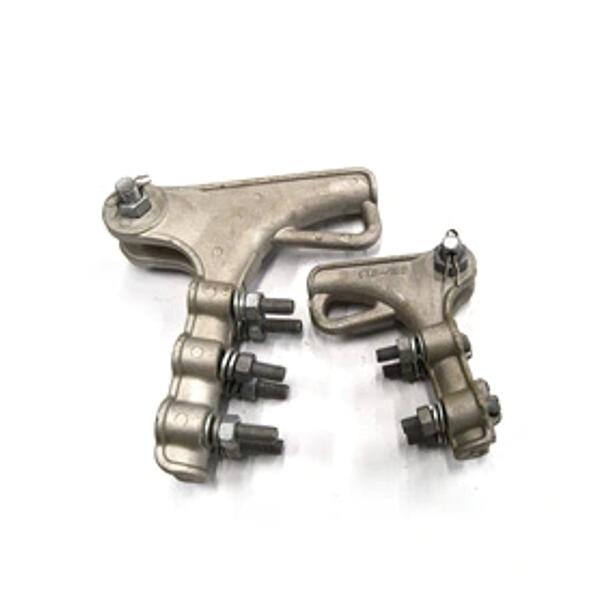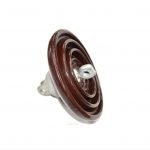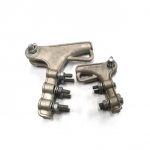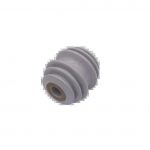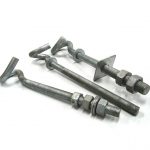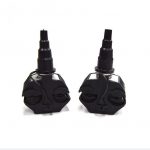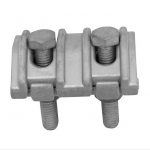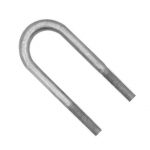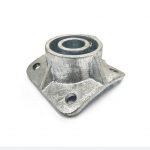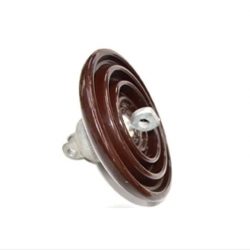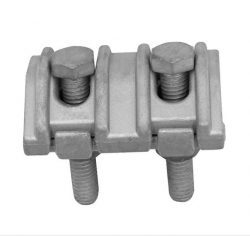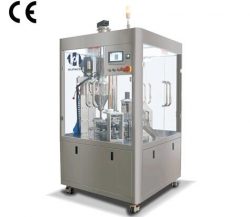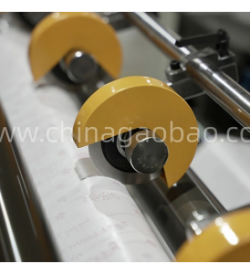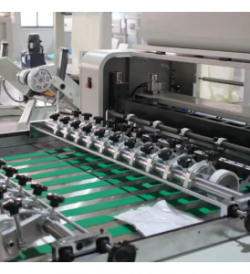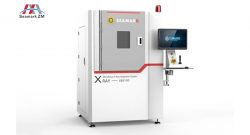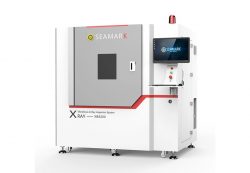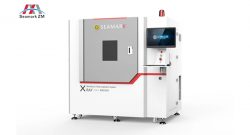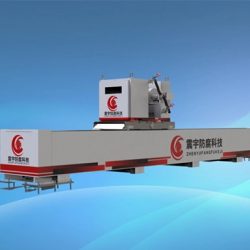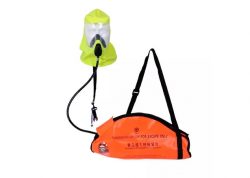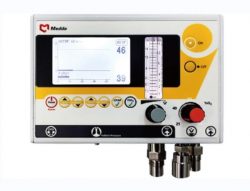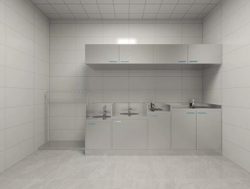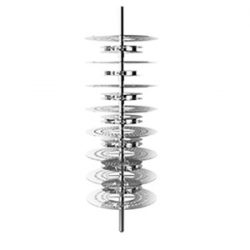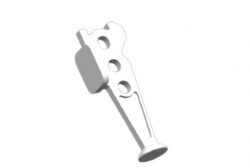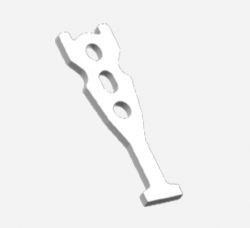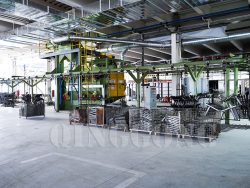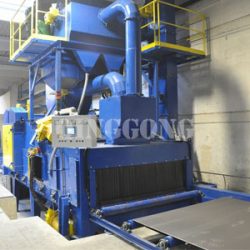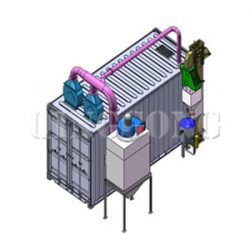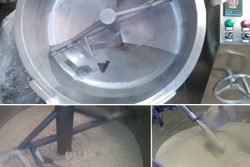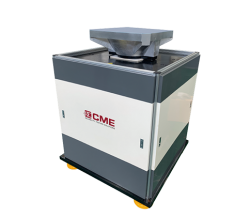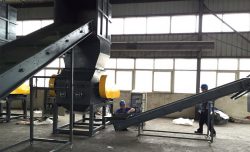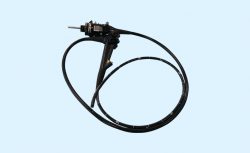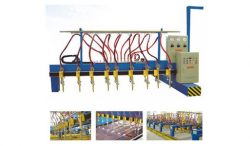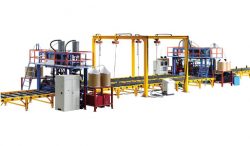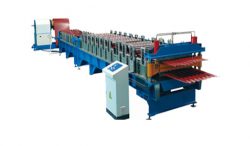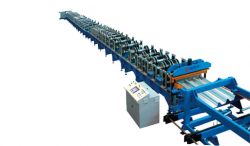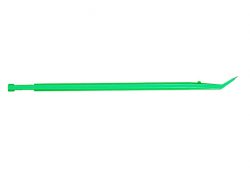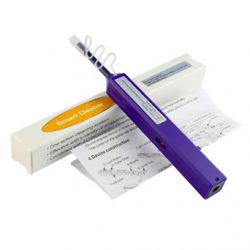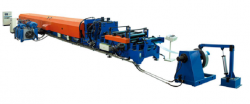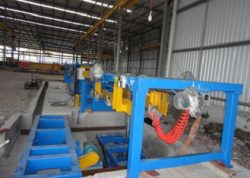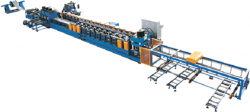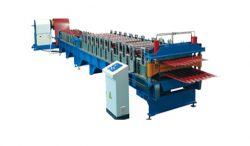POWER CABLE ACCESSORIES
POWER CABLE ACCESSORIES
Cable fittings are special metal components used to connect, fix or support power equipment in power transmission and distribution systems, such as wires, cables, transformers, switches, etc. These electrical cable fittings are usually made of high-strength aluminum alloy or steel to ensure their durability and load-bearing capacity. Power cable accessories play an important role in the power industry, ensuring the safety and reliability of the power system.
Electrical Cable Fittings Hardware
Anchoring Wedge Clamp
Hot Line Tap Clamp
PG Clamp
Strain Clamp
Suspension Clamp
There are 5 steps:
Preparation and Inspection: Begin by inspecting all power cable accessories, such as terminations and joints, for any damage or defects.
Cable Stripping and Preparation: Strip the cable insulation carefully, following cable accessories manufacturers guidelines and specifications.
Accessory Installation: Install the cable accessories according to the cable accessories suppliers’ instructions and guidelines. Use the recommended tools and equipment to secure terminations and joints, ensuring proper alignment and connection.
Sealing and Insulation: Apply appropriate sealing materials to protect cable joints and terminations from environmental factors, such as moisture and contaminants.
Testing and Documentation: Conduct thorough testing of the installed power line hardware to ensure proper functionality and adherence to performance standards.Document the installation process, including specifications, testing results, and any adjustments made during the installation.
In the realm of structural components, the choice between stainless steel cable fittings and aluminum cable fittings involves a nuanced evaluation of various factors, each material boasting distinct advantages.
Stainless steel, heralded for its corrosion-resistant properties, stands as a stalwart against environmental challenges. Its durability and sleek aesthetic make it particularly appealing in harsh conditions characterized by high humidity or salt exposure. Beyond its resistance to corrosion, stainless steel exhibits superior strength, ensuring the structural integrity of electrical cable fittings over an extended lifespan and making stainless steel suitable for applications in both hot and cold climates.
Conversely, aluminum cable fittings present a compelling alternative, especially in scenarios where weight considerations and budget constraints take precedence. The lightweight nature of aluminum contributes to ease of handling during installation and reduces the overall load on supporting structures. This characteristic makes aluminum cable fittings an attractive choice in situations where minimizing weight is critical, such as in aerial or elevated installations. Additionally, aluminum tends to be more cost-effective compared to stainless steel, making it an economical solution for projects with budgetary limitations.
